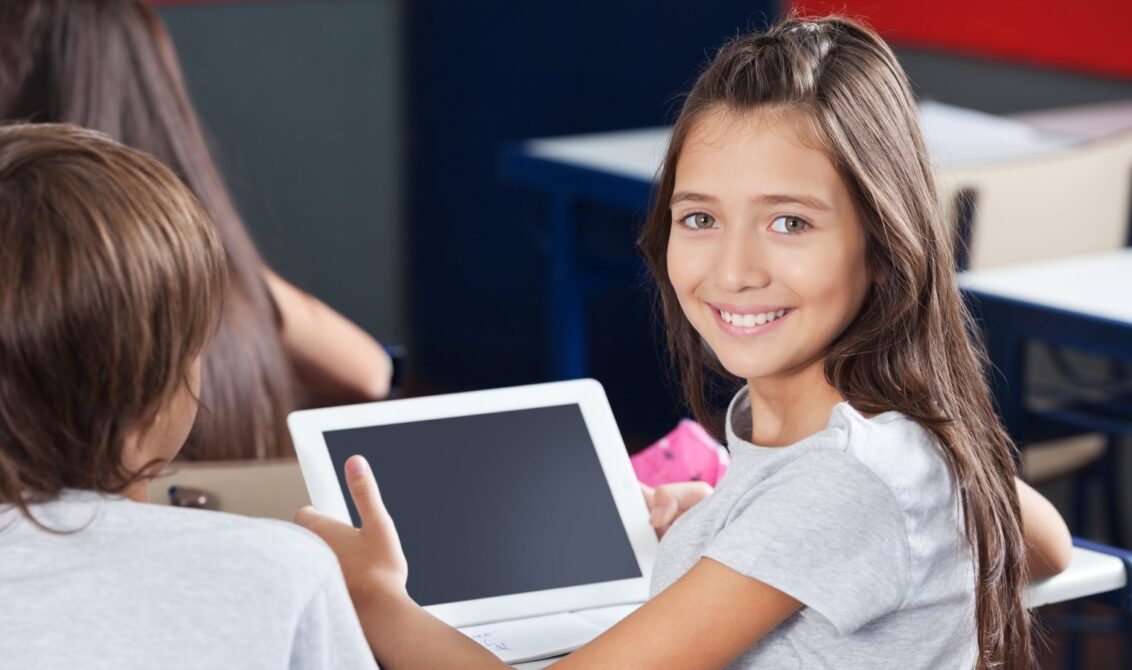
The National Curriculum for Computing in England might be nearly ten years old but the subject matter is constantly changing with new computing terms and programming languages, so it’s important that teachers are kept up-to-date with changes and what these might look like in the classroom. With specialist Computing teachers not found within most schools, especially at a primary level, teaching Computing can often be feared by teachers.
This is why we invited along two of our Computing experts and co-authors of our new Inspire Computing International programme, Paul Clowrey and Sabiha Munshi, to run a teacher webinar to talk us through some of these ‘live’ changes and share their tips for running successful Computing lessons.
Delegates who joined us live had lots of questions! So, for those that missed it, we’ve highlighted some of the key takeaways and questions asked and answered below. You can also watch the recording and download the presentation slides for the fullest experience. We hope you find it useful!
Sabiha’s top tips for teaching Computing at Primary level
1. Add cross-curricula and thematic learning links
Build the narrative of how the Computing journey might take place within different subjects and themes. For example, students might be looking at the process of photosynthesis so get students to make an animation of the steps (adding music/design/literacy skills too).
2. Add a mixture of both screen and offscreen activities
Students will understand the processes of Computing by making them visual – add role-play activities (like acting out the steps for a simple algorithm design) or get students discussing online safety as a group, which will also bring in literacy skills!
3. Add complexity to tasks with challenge opportunities and ask students to address the misconceptions
Get children to think about the problem and solve it themselves. This will help students understand the process of debugging whilst also developing their problem-solving skills.
Paul’s top tips for teaching Computing at Lower Secondary level
1. Remember Computing is a live subject
The teaching structure can be set but the technology behind it, the media articles written about it, and computing trends are constantly changing. Add context to every lesson – remove the ‘why are we doing this’ from the classroom – link it to real-world experiences of students with projects and purposes that they’re interested in.
2. Get involved with the people in your school that deal with computers
Such as the network managers, the school administration team. They’ll be doing the things that you’re teaching about and might be happy to come and talk to students about it. Why not ask for a broken Computer and ask students to identify components and put them together?
3. Have a bank of resources to support your teaching
This could include newspaper articles, business examples that you can add to each lesson to bring it to life.
Your Computing questions answered
Why did we see a change from teaching ICT to Computing?
In 2014, we saw major changes with the way Computing and ICT was taught in classrooms with the new UK Computing curriculum focusing more on computer science. Industries were crying out for young computer scientists and students needing new computing skills to tackle all aspects of computer technology and not just the office-based skills that the old ICT courses had become.
How do you introduce algorithms in younger years?
An introduction to algorithms is introduced as young at Key Stage 1. Keep it simple! At this age it’s important to look at teaching algorithms as a set of easy step by step instructions – such as students’ early morning routines, getting ready for school etc.
Add lots of activities and focus on the unplugged activities too and keep it cross-curricula (add steps to a PE lesson or get children role-playing in a drama lesson)
Why introduce Computing at such a young age?
Introducing Computing at Primary and Lower Secondary level is so important for students to experience all that Computing brings to make informed choices when continuing to study at International GCSE and beyond. It’s an opportunity to give students a chance to understand what can be done – rather than teaching them how it can be done, and always more beneficial to give students the chance to experience it for themselves and explore how it works in practice.
What exactly is computational thinking?
Computational thinking is at the heart of the Computing curricula but there is still so much confusion as to what it actually is. Simply put, computational thinkers are like your problem-solvers. It’s not thinking like a computer (remember a computer is not a person) – it’s something that people do and includes logical thinking, abilities to recognise patterns, thinking in algorithms and abstract problems.
How can you make it fun?
- Abstraction – make a treasure map and ask students to find the fastest route to the treasure
- Algorithm design – create recipes and get students to think in logical steps (remove a key ingredient and see if the students can debug the problem!)
- Decomposition – break down a dance sequence into multiple steps!
- Pattern recognition – use Scratch to draw shapes and see if students can work out which shape it is using patterns.
How should I teach Coding in Year 7?
Teach the basics but don’t be afraid to let students run away with it too – Year 7 is the time that students will show a keenness in the subject and will want to take it further and practice at home.
Which is the best to teach children – Python or Java?
The programming language we’ve chosen for our primary Computing programme is Scratch and and at a secondary level its Python. Python tends to be easier to learn and is the preferred language for AI developers so there are more applications. Python is the chosen language at KS3 so that is the focus of our examinations but at International GCSE both Python or JAVA are fine.
Does the Inspire Computing International course require a specialist Computing teacher to deliver it?
No! We know not many primary schools will have specialist Computing teachers so we’ve designed the course to be delivered by all teachers.
How do we teach children the visual practical parts of Computers without having a computer with them in exams?
Students will need to understand the theory of Computing which can be demonstrated on paper as this is the requirement of the exams. The hands-on practical side of Computing can be taught in the classrooms through activities and programming projects.
Where can we go for more unplugged Computing activities?
We recommend our iPrimary and iLowerSecondary Computing course and the Inspire Computing International student books. You’ll find lots of practical, unplugged activities that you can teach straight away in your classroom. Also take a look at our Handy Guide to Computing for additional reference links for places to look for more resources.
Can students continue to International GCSE Computer Science or ICT after the iLowerSecondary Computing programme?
Yes! After teaching the Year 9 components of the iLowerSecondary Computing programme students will be in place to be able to choose to continue onto the International GCSE Computer Science or ICT (or both if students want to!).
What’s available now for the iPrimary and iLowerSecondary Computing programme?
Lesson plans, programme tests, assessments, teacher resources and professional development are all part of iPrimary and iLowerSecondary Computing online subscriptions are all available now. Printed student books and workbooks for Years 1-6 are available from October and Years 7-9 are available now. You can find more information on our Computing subject page and you can also contact your local Pearson consultant to find out about availability in your region.
Sign up to receive our blog updates
Like what you read and want to receive more articles like this direct to your inbox? Subscribe to our blog and we’ll send you a fortnightly digest of the blog posts you may have missed, plus links to free resources to support your teaching and learning.

